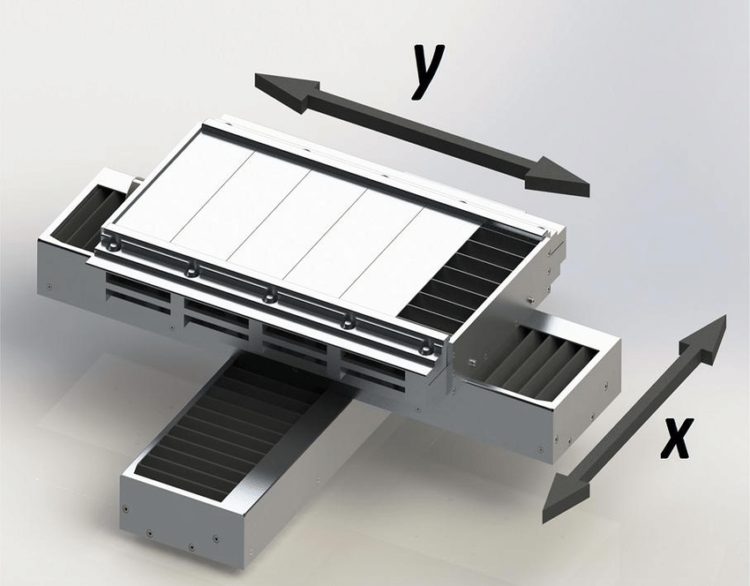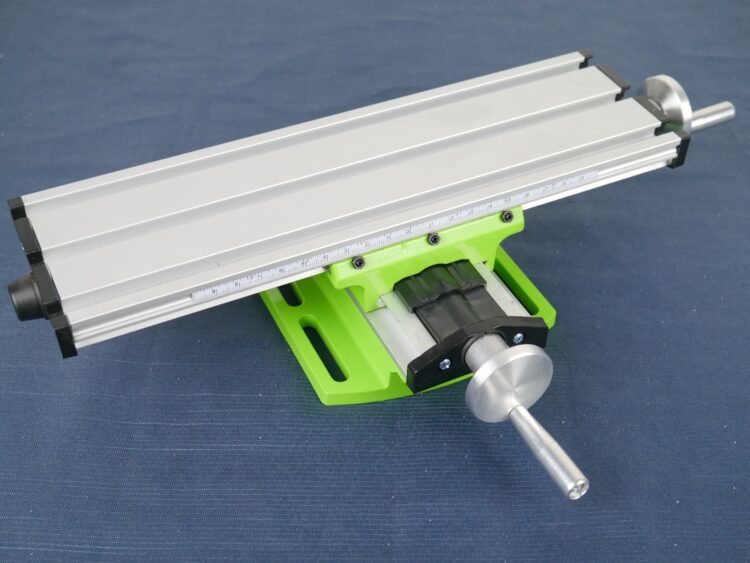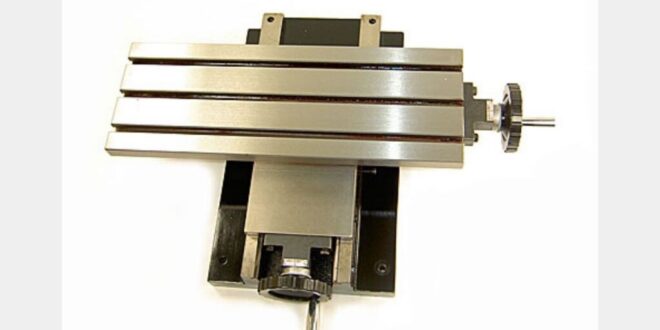The locating system has become pretty easy with XY table technology. One does not need to do much stress before clarity, accuracy, and perfection can be achieved with motor works. The basics of XY tables is to be able to constrain motion in a particular direction. An XY table in its simplest configuration is assembled by fastening two single-axis stages together. The axes are kept orthogonal to each other. For a reliable, thorough, and perfect operation, an XY table is ideally important.
XY tables have diverse uses and are serving great benefits in the manufacturing industry. They can be used for a wide and diverse range of applications. These tools offer a combination of microscopy, measuring technology, location, scanning, and laser processing to yield a perfect and accurate result. XY tables provide stability, precision, and dynamics which are crucial when looking to have a perfect work.
There are different types of XY tables used in the manufacturing industry. There are standard XY tables which are quite big. The XY miniature tables are small in size and are one of the most popular and commonly used XY tables. This table is known to help achieve high accuracy, high clarity, high precision, and generally great for use where strength and accuracy are required. The low profile XY tables are small in size and offer a high degree of accuracy, hence its popularity in the manufacturing industry.

Variation of XY Tables
The variation of XY tables built by Intellidrives is as a result of how they are designed and the actuator or drive mechanism used. Linear stages can be designed in several ways including ball, recirculating profile rails, air bearings, and crossed roller. Talking of the actuator mechanism, linear stages can be actuated using a friction screw, ball screw, linear motors, and belts and pulley.
How the XY table is designed determines the stiffness, load capacity, durability, and straight-line accuracy. The actuator or drive, on the other hand, determines the speed and smoothness of the XY table. Generally, the XY table is easy to maintain and manage. It is also easy to use, highly accurate, and lightweight.

Construction of XY tables
XY tables are flat and straight surfaces mounted on roller slide or ball-bearing slides with a linear base. These tables have the platens and the forcers. The forcers of the XY tables glide over the platen which is the movable part and moves continuously in a linear motion. For multiple axes, linear bases are stacked on another, with Y-axis acting as a carriage to the bottom base and as a base holding the table.
The XY table is constructed with stainless steel and cast iron with bronze for bearings frame and aluminum for frames.
Precision Motorized XY Stages
There are manual and motorized XY stages & also, planar XY stages based on the flexures or air bearings. Integrated linear motion systems are made available in classes of different precision and load providing resolution from microns to the nanometer and so on.
XY Stage With Air Bearings
The planar air bearing XY tables have a very high performance and they are used when a high level of precision is needed in terms of smoothness of motion, constant velocity, straightness, and flatness. Planar XY air-bearing stages are built to have a common base for X and Y motion. Air bearing XY stages are driven by linear motors. They are also known to provide high acceleration and velocity which are required properties needed for a typical manufacturing application that XY tables are needed for.
XY Stages with Mechanical Bearings
Mechanical bearings are single module XY stages & they usually come with a lower profile and a stiffer base compared to a stacked linear positioning stage.
Application of XY tables
XY tables can be used in several industries including pharmaceutical, semiconductor, manufacturing and general machinery. They are widely used in mechanical processes and applications including industrial automation equipment, material handling, automated measurement, and machinery building.
 Hi Boox Popular Magazine 2024
Hi Boox Popular Magazine 2024



